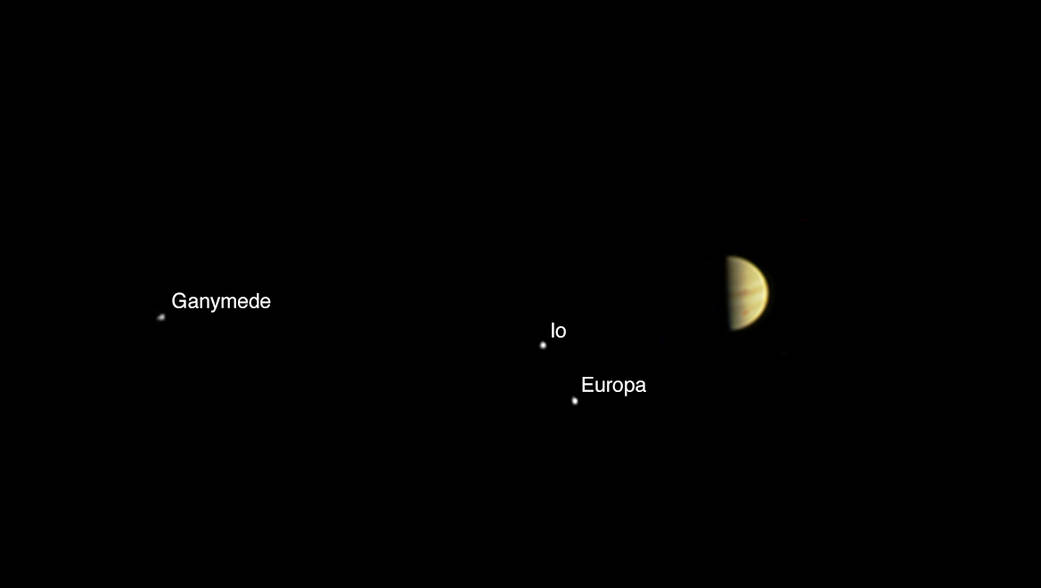This Is the Sound of NASA's Probe Entering Jupiter's Magnetosphere
The sounds of the gas giant.
There's a good chance that you know a few things about Jupiter, the biggest planet in the Solar System by far. But Jupiter is still pretty mysterious even to astronomers, which is why NASA has sent the Juno probe out to gather more data about the massive gas giant. The probe is expected to swing into orbit around Jupiter on July 4.
Recently, it just entered into the planet's gigantic magnetosphere, the area where Jupiter's magnetic field becomes dominant over the Sun's. NASA has translated the moment it crossed the threshold into sound and color, and the noise it produced is extremely eerie and representative of the monumental force produced by the field. You can hear the audio of the moment it crossed into the magnetosphere below:
According to NASA, the moment of the "boom" in the audio, corresponding to a significant drop in wave frequency, is called the "bow shock." This occurs when the solar wind--the continuous stream of charged particles sent out from the Sun--encounters Jupiter's magnetosphere. One of the leads of the Juno Mission's Wave investigation, William Kurth, explained that it's similar to a sonic boom. "The solar wind blows past all the planets at a speed of about a million miles per hour, and where it hits an obstacle, there's all this turbulence," he explained.
Jupiter's magnetosphere is ridiculously large--by volume, it's the largest structure in the Solar System besides the Sun's own heliosphere, the area created by the solar wind that encompasses every planet including Pluto. Juno's crossing of the boundary of the magnetosphere has already provided scientists with surprising data, as NASA reports that the boundary was more complex than predicted.
A few days ago, when Juno was 3.9 million miles from the planet, it took an image of Jupiter. The Great Red Spot (the massive hurricane on the surface of the planet) and three of its moons are visible:

As Juno comes closer and begins to orbit Jupiter over the next few days, scientists hope to find out more about how Jupiter came to be. Its origins are still largely not understood, and so Juno may be able to cast some light on where the planet came from. For example, it is generally believed that Jupiter and the Sun were formed at about the same time--but Jupiter's chemical composition is significantly different than the Sun's, leading some scientists to believe that the planet actually formed farther out in the Solar System than it is now.
Juno's been traveling to the planet since August 2011. By the end of its life, it will have traveled 1.7 billion miles.
Got a news tip or want to contact us directly? Email news@gamespot.com
Join the conversation